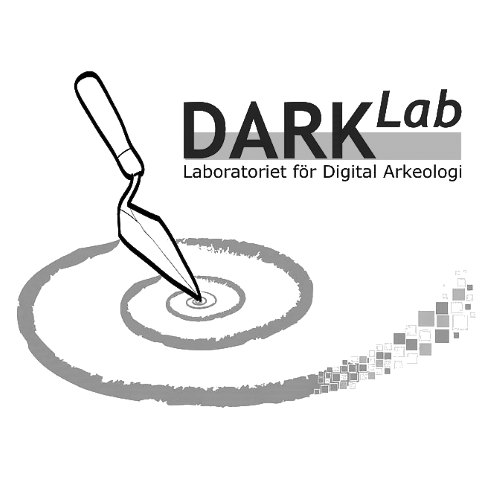Identifier
Title
Description
The complexity becomes most apparent when we consider the extensive presence of copper alloys found on the mound. The mask image that emerged in 2004 was followed in 2013 by numerous other finds of the same or similar character. Most of these are thought to be associated with bronze vessels and pots from the Celtic/Roman period up to the 5th-6th century AD. There are fully comprehensible handles and supports, clear belly and mouth fragments, and artistically executed decorative elements. Many of the finds are otherwise badly degraded, irregular, and difficult to interpret. What is certain is that all these fragments represent several different objects that were distributed and deposited at different levels and floor layers within the ritual building on the hill. Several such artefacts were also found during fieldwork in 2021.
One example is a cast holder for the handle or handle of a cauldron. Another is a thin, hammered, and riveted fragment of the rim of a cauldron. The thin bronze shows what appears to be part of the hairstyle of a person or deity.
Set 3DHop scene
Record creator
Date Created
Rights Holder
License
Linked resources
| Vångakullen and archaeology |


















| Plane | Position | Flip |
| Show planes | Show edges |
0.0
[ 0 , 0 , 0 ]





